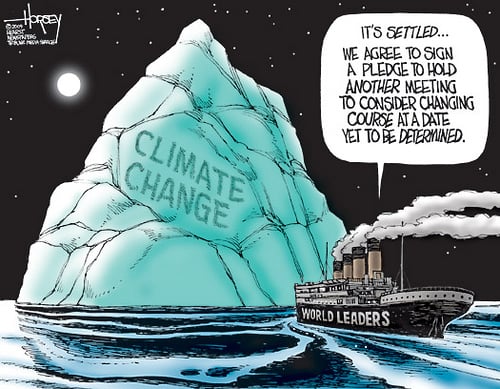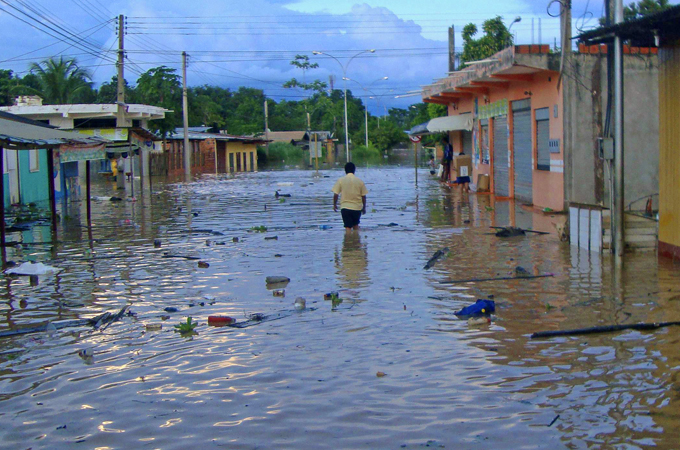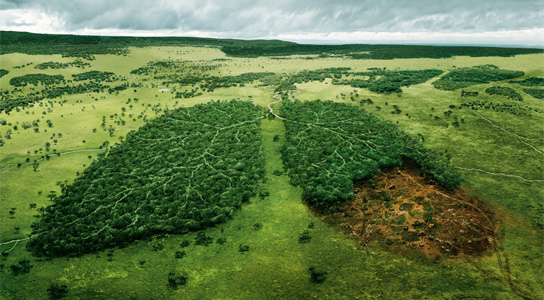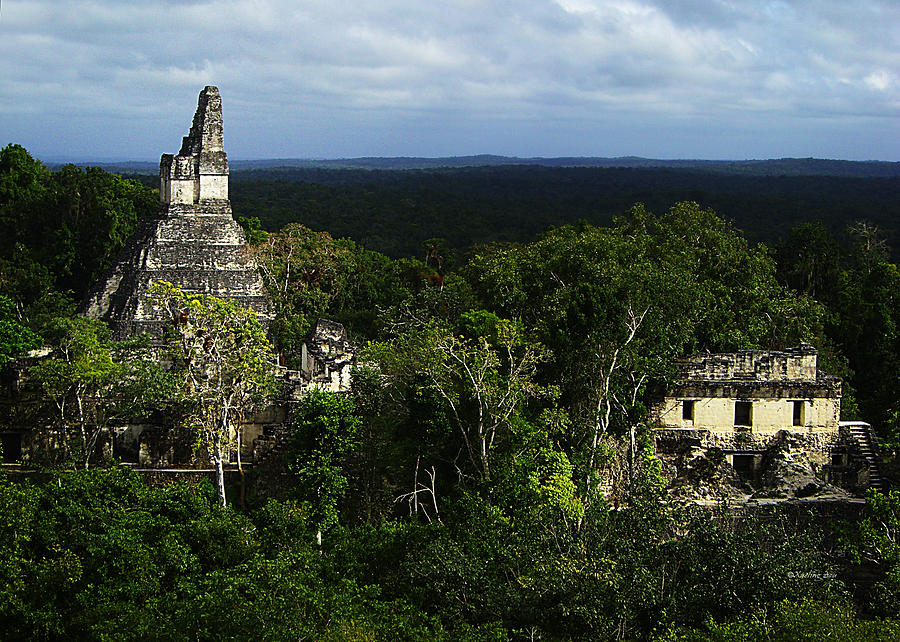In weighing up the question posed within this blog -
is deforestation a necessary evil? - the relative consequences of deforestation must be addressed and explored. the ecological and social effects of deforestation have not been fully examined within this blog and within this post their relative importance will be explored. The environmental and climatic effects of deforestation were discussed in a previous blog
post about deforestation and climate change.
Ecology and Soil - are they important?
News articles and websites are extensive in their listing of the effects of deforestation placing prominent emphasis on ecological effects - the loss of plants, birds and microorganisms. With 70% of land species living in forests (
National Geographic) it is not surprise that scientists, conservationists and policy makers are concerned with the destruction of the rainforest but why do a few insects and plants matter?
The rainforest is hot and humid, difficult to reach and riddled with insects and is an environment that is difficult to survive in so why would we need it?
Butler (2012) offers a similar view that the ecological effects of deforestation are exaggerated and that we should place greater emphasis on our reduced quality of life from an unstable climate and local weather problems. To dismiss the ecological effects of deforestation is a bold stance but it is easy to see where Butler is coming from - surely we should put the quality of human life before animal, insect and plant life?
Academics are quick to emphasis the importance of ecological destruction such as
Sodhi et al's (2010) research on Pulau Mengalum, Borneo, which has lost all its closed canopy forest and 40% of its butterfly species. I think a limitation of much of the ecological literature concerned with deforestation such as
Sodhi et al.(2010) and
Horgan (2005) is that the research isn't directly brought back to the impact a loss of ecology will have on humans. Humans and plants and animals are constantly linked.
The loss of plants and animals is not just an ecological loss but it also has a major impact on the word's poorest communities that rely on forest resources for medicine, food and fuel (
Butler 2012;
Oglesby et al. 2010). Furthermore, it is not just indigenous communities that depend on the rainforest with 25% of global medicines derived from plants within tropical rainforests (
Kirkman 2014). This shows that the rainforest, in ecological terms, is vital for human life.
There is also extensive research into soil erosion, resulting from deforestation, in places such as Bangladesh (
Sirajul et al. 2014), Iran (
Hajabassi et al. 2014) and the Amazon (
Live Science). Unlike the research into ecology, the authors note that soil erosion has a negative impact on the quality of human life causing desertification and the increase in soil enter water resources. It also increases flooding and landslide events. Interestingly, research by
Navarette et al. (2015) concluded that the slash and burn approach to deforestation added nutrients to the soil. It built upon the "nutrient rich ash" hypothesis (
Nye and Greenland 1960) and suggested ash increased soil pH and added nutrients resulting in soil fertility. Its unusual for a positive effect of deforestation but this benefit is short term and it is assumed the nutrients are washed and leached away.
The ecological and environmental consequences of deforestation are severe but often set aside from the impacts they in turn have on humans. Research into the effects of deforestation must be more holistic if it is to address these consequences by looking at everything.
Society and the forest
The effects of deforestation have been apparent for decades from the alteration of local and global climate (
Rotmans and Swart 1991) to rises in temperature (
Schultz 2014) and soil erosion. However, the effects deforestation has had on society have occurred over much longer time frames.
 |
| "The Last Truffula Tree" - every tree was chopped down and used on Easter Island (Sci News) |
Rapid overpopulation leading to deforestation and the removal of every tree on Easter Island has been contributed to the likely collapse of indigenous people on the island (Diamond 2005;
Mann et al. 2008). Charcoal records in lake sediments have shown the increase in slash and burn deforestation methods following periods of human colonization on the island (Mann et al. 2008). I would argue that the events that transpired on Easter Island - whether it was human or climate related (this is still up for debate) - that resulted in the total removal of all trees acts as a small scale proxy for what could happen to Earth if deforestation is not combated. The effects of a treeless Earth would me most detrimental to the human population and the species as a whole.
Easter Island is not the only case study many arguing that deforestation caused (or contributed) to the collapse of many Maya settlements (Diamond 2005;
Haug et al. 2003;
Oglesby et al. 2010). However, often academics have focused on evidence within their own field. Palaeo and archaeological evidence is not always complementary and deforestation was probably a contributing factor to socio-economic and political changes that eventually led to the "collapse" of Maya society.
As mentioned in an earlier
post regarding deforestation and Maya civilization, the effect deforestation had on past societies demonstrates how much humans rely on forested land (for fuel etc.) and how important trees are to maintain a desirable environment. Without trees our climate would be harsher, it would be harder to grow crops and our quality of life would be severely reduced.
- Can the collapse of post societies be a prediction of things to come?
This blog post has examined the ecological and societal effects of deforestation and it is clear that the consequences of deforestation are severe - they should be examined, and researched in order to solve them. As population increases, more trees will be cut down and the consequences of deforestation will get worse.
*Diamond (2005) is only available in book form although there are online summaries available.






















